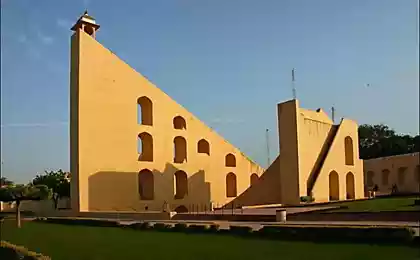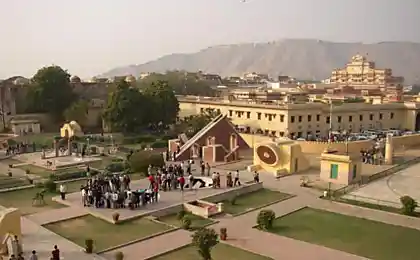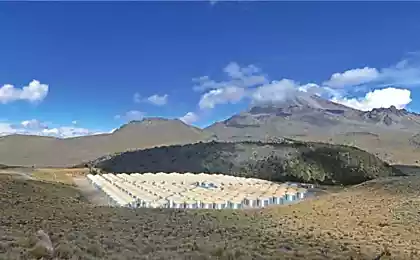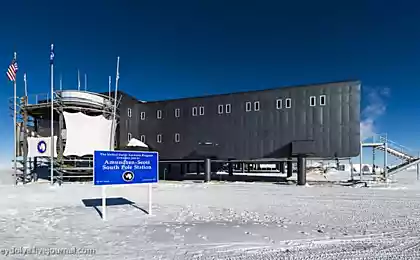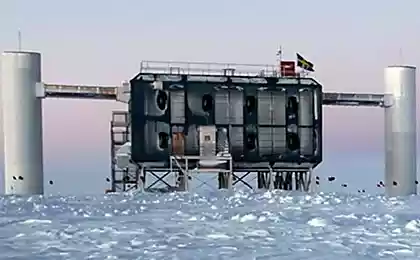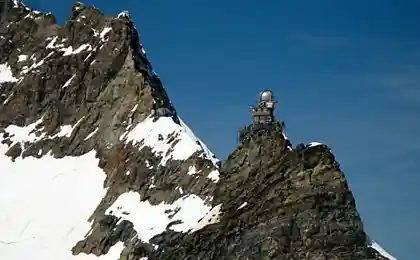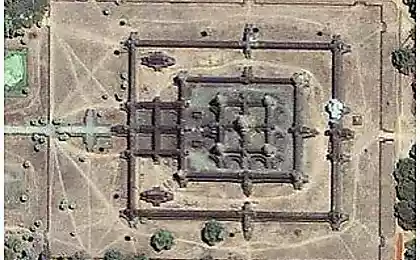729
Baksan Neutrino Observatory (31 photos)
I remember already had a similar theme of a former military base in Balaklava near Sevastopol / Continuing ...
BNO - underground Physical Observatory to study the neutrinos at the two tunnels 3670 meters long under the mountain Andyrchi the Caucasus. It belongs to the Institute for Nuclear Research. Moscow metro builders built first, and then work from Baku and Donetsk, was put into operation in seems to be in 1978.
via danila85.livejournal.com
Home gallery object.
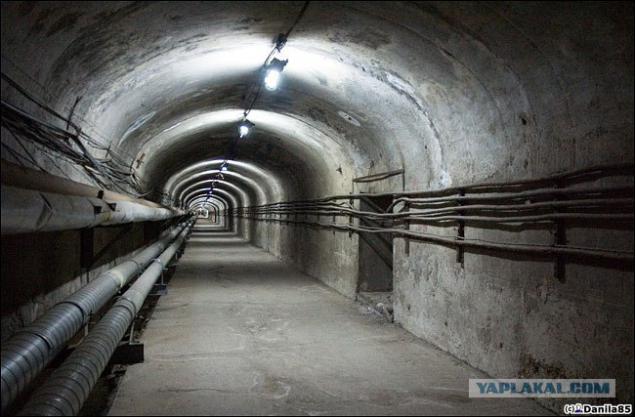
At one point lining leaks.
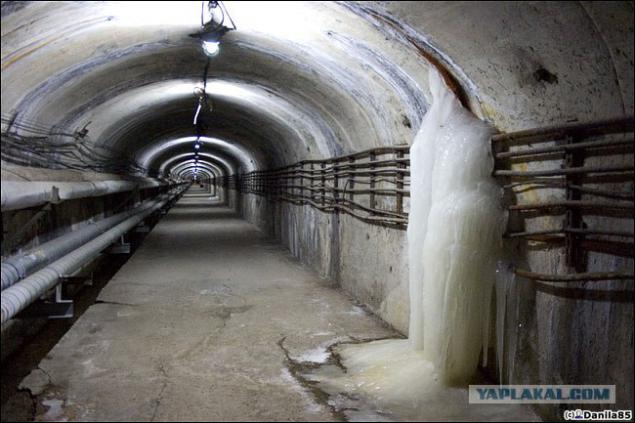
To the right you will go - Baksan underground scintillation telescope you will see, you will go straight - gallium-germanium neutrino telescope will attain, and maybe get pussy
We'll go right.
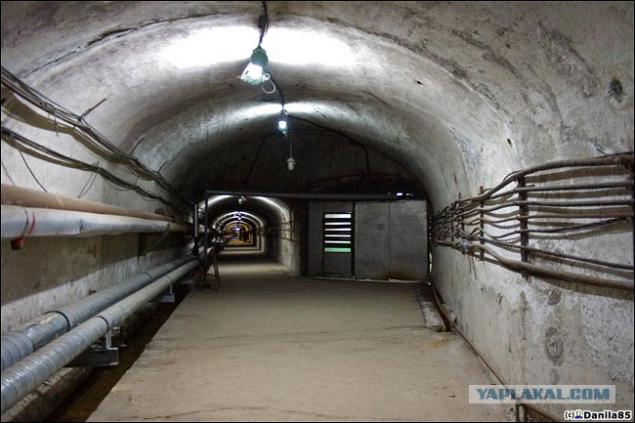
Let's go for a pass and look around.

One scintillation vertical planes.

Detectors plane.
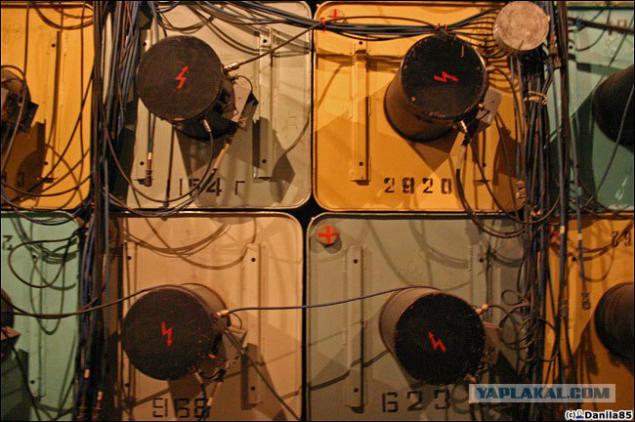
This design works (underground scintillation telescope) roughly as follows: a large number of detectors made a box capacity of 3000 m³. The detectors intersect the passage of high-energy particles, electron neutrinos and muon detectors signal analysis gives an indication of particle trajectories. By registering muons from the lower hemisphere of the Earth and at large zenith angles, you can get rid of the background of atmospheric muons and neutrinos have a clean event. Every second, the detector observes the passage of 17 muon neutrino events happen several times a year. Its depth - about 300 meters.
The detector consists of a metal tank 70h70h30 see filled with mineral spirits, which added to the scintillator (causing substances glow when particles) and the shifter (shifts the wavelength). To the tank through a special glass is put in charge of a photomultiplier tube (vacuum tube), reacting to flashes of light, and sends the results of measurements in the EC. Scintillation Telescope operates in real time, ie, on a computer in the EC can be seen that shows each of the sensors and what's going on. It is rough, in general terms, a description of the telescope, if that - experts corrected.
The bottom plane of the telescope ...
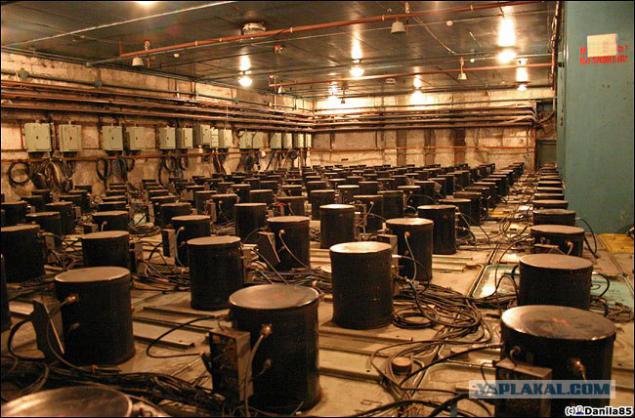
... And her pairing with one of the vertical planes.
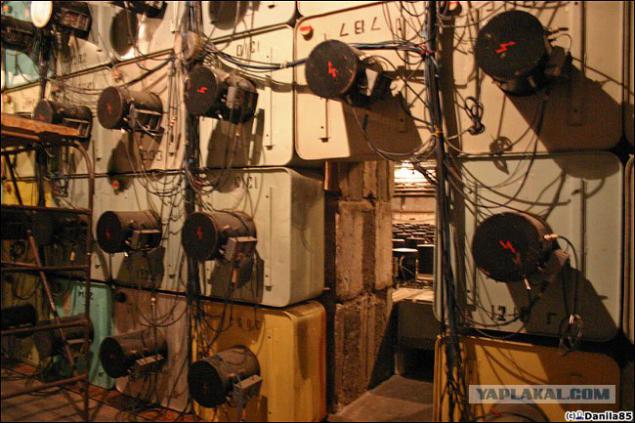
The top plane is on the 4th floor above.

...
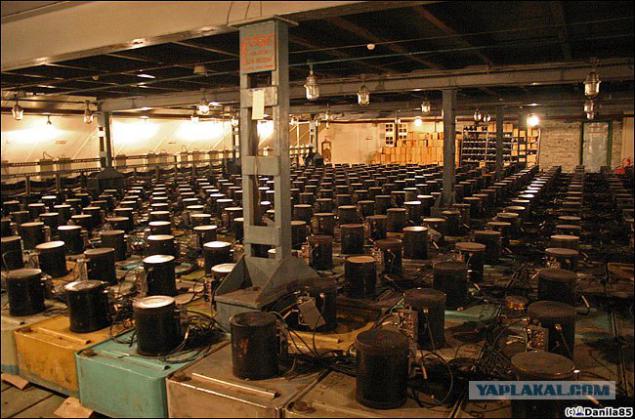
Sensor.
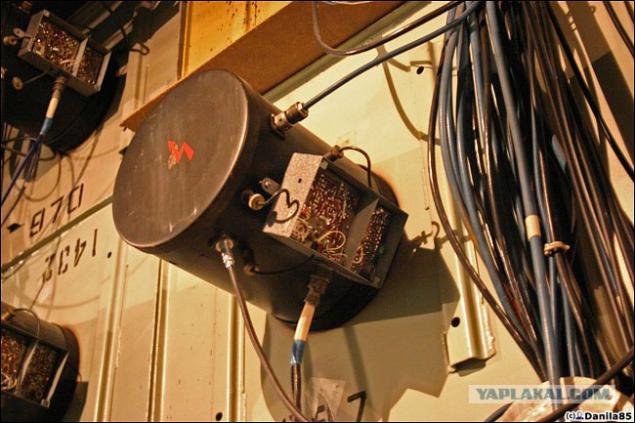
Disassembled sensor: inside the vacuum tube.
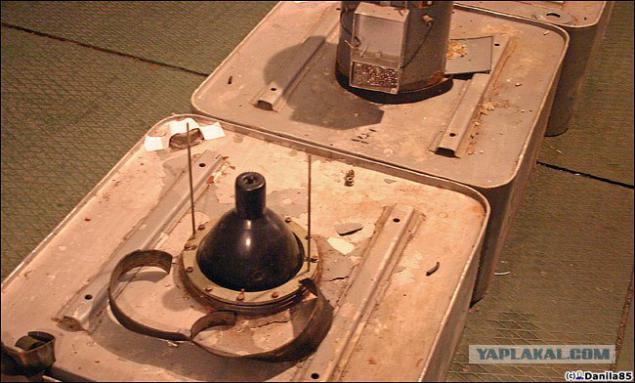
And here is the supply of these lamps.

Upper plane.

VC and the host computer, which replaced a dozen cabinets relyuhi.
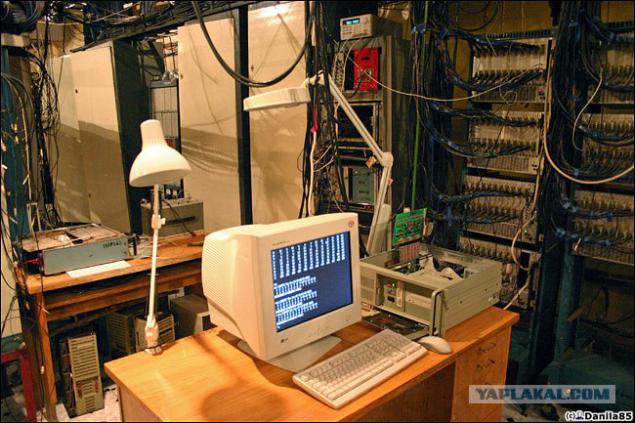
The empty place, as I understand it.

Glory to the Soviet Science!
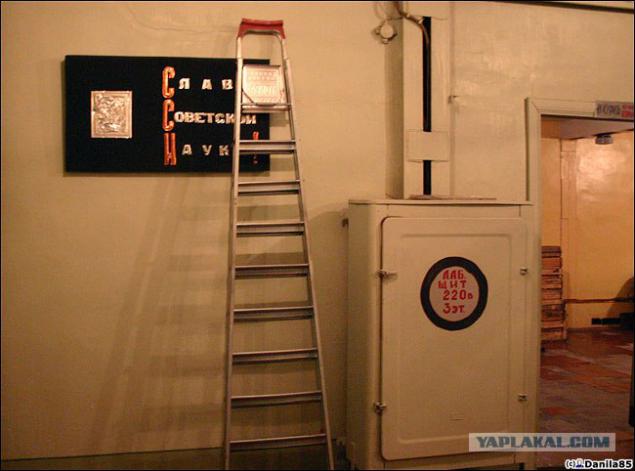
Central Hall, sapospasateli.
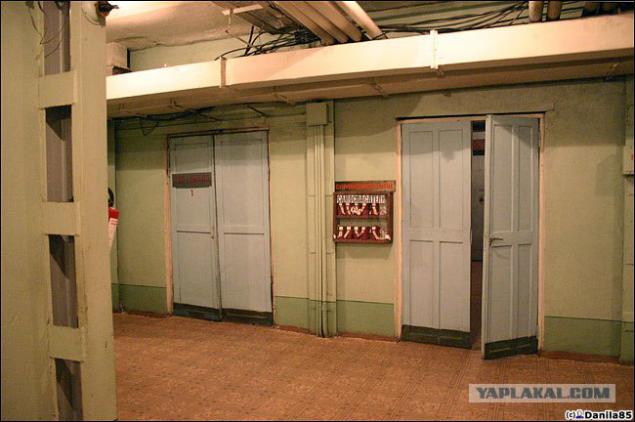
Dispatching.
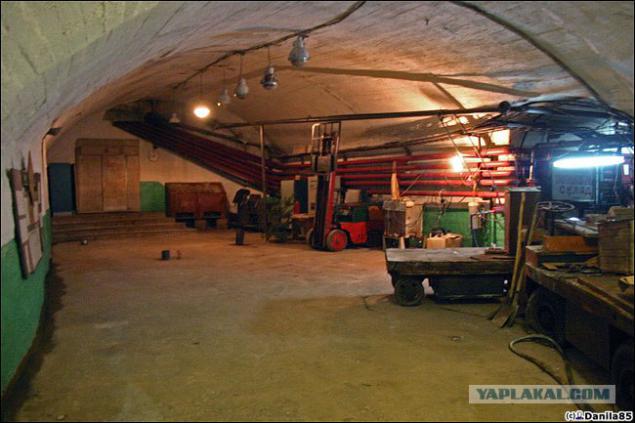
The underground part - two parallel tunnels (main and official with the narrow-gauge) with monilitnoy lining, teh.pomescheniya between them, generating large cross sections (in metalloizole) telescope.
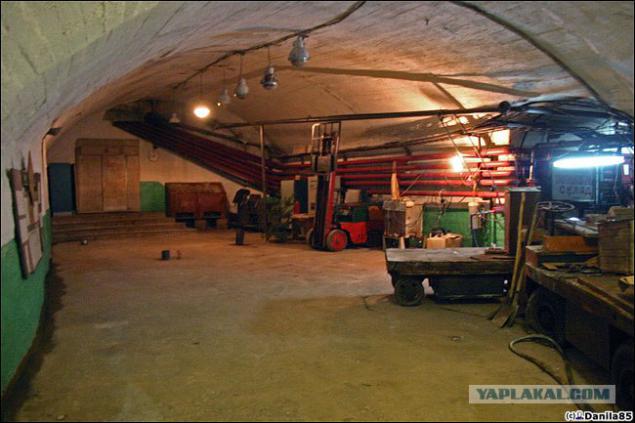
Accumulator bucket.

Protection tubes.

Also on site there is a gallium-germanium neutrino telescope - radiochemical detection of solar neutrinos with a target of metallic gallium weighing 60 tons (located at 3, 5 km from the entrance to the tunnel, the depth of about 800 meters. The liquid gallium under the influence of the neutrino turns into radioactivation germanium, inspection and study of the target is carried out once in 1, 5 years), low-background chamber installation "Andyrchi" for registration of extensive air showers located on the surface of the mountain range of terrestrial plants Carpet.
Main adit.

...
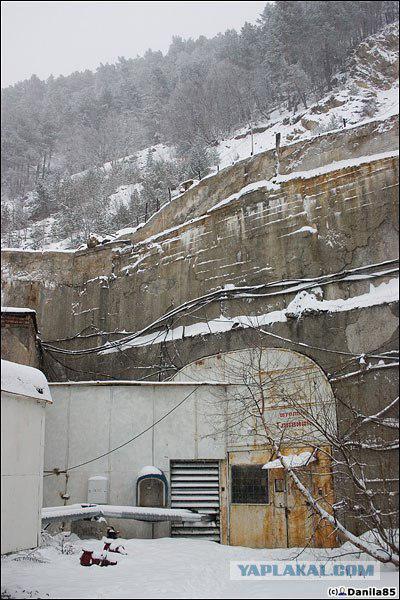
Adit auxiliary. Greetings from Metrostroi
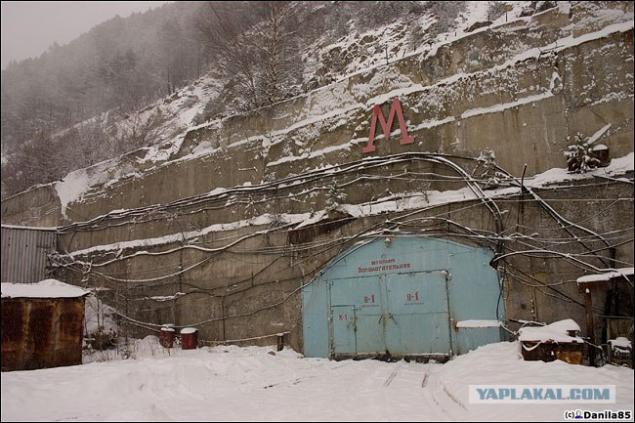
Gypsy Caravan. Nothing like?

In spring 2006, just above the portals BNO avalanche, covered entrances and razdestroila half of the territory. At this point, there were some buildings.

Stone brought by an avalanche.
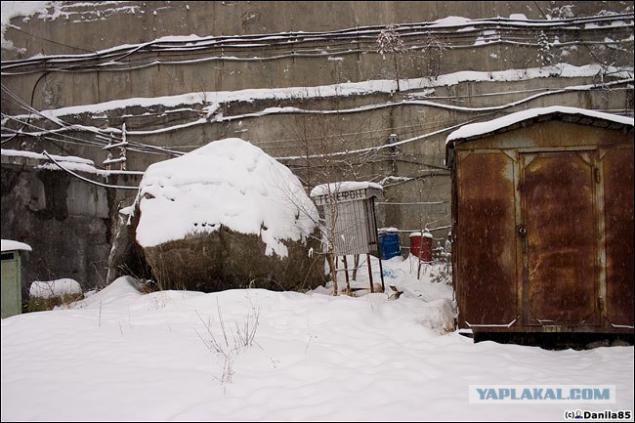
Slope with fallen trees in the background - the result of an avalanche.
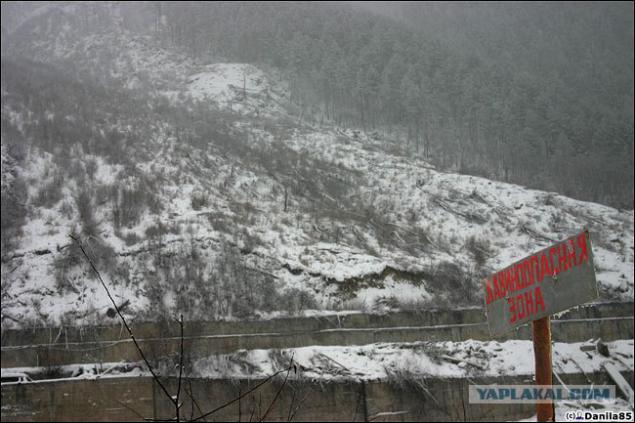
And that's the way has long been abandoned.
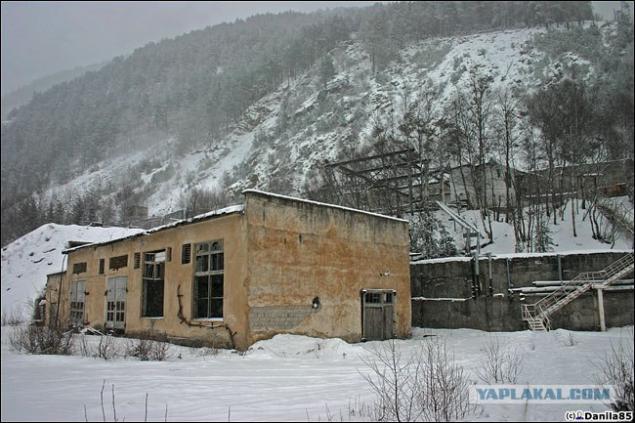
Bridge over r.Baksan, the only way into the BNO.

Source:
BNO - underground Physical Observatory to study the neutrinos at the two tunnels 3670 meters long under the mountain Andyrchi the Caucasus. It belongs to the Institute for Nuclear Research. Moscow metro builders built first, and then work from Baku and Donetsk, was put into operation in seems to be in 1978.
via danila85.livejournal.com
Home gallery object.

At one point lining leaks.

To the right you will go - Baksan underground scintillation telescope you will see, you will go straight - gallium-germanium neutrino telescope will attain, and maybe get pussy
We'll go right.

Let's go for a pass and look around.

One scintillation vertical planes.

Detectors plane.

This design works (underground scintillation telescope) roughly as follows: a large number of detectors made a box capacity of 3000 m³. The detectors intersect the passage of high-energy particles, electron neutrinos and muon detectors signal analysis gives an indication of particle trajectories. By registering muons from the lower hemisphere of the Earth and at large zenith angles, you can get rid of the background of atmospheric muons and neutrinos have a clean event. Every second, the detector observes the passage of 17 muon neutrino events happen several times a year. Its depth - about 300 meters.
The detector consists of a metal tank 70h70h30 see filled with mineral spirits, which added to the scintillator (causing substances glow when particles) and the shifter (shifts the wavelength). To the tank through a special glass is put in charge of a photomultiplier tube (vacuum tube), reacting to flashes of light, and sends the results of measurements in the EC. Scintillation Telescope operates in real time, ie, on a computer in the EC can be seen that shows each of the sensors and what's going on. It is rough, in general terms, a description of the telescope, if that - experts corrected.
The bottom plane of the telescope ...

... And her pairing with one of the vertical planes.

The top plane is on the 4th floor above.

...

Sensor.

Disassembled sensor: inside the vacuum tube.

And here is the supply of these lamps.

Upper plane.

VC and the host computer, which replaced a dozen cabinets relyuhi.

The empty place, as I understand it.

Glory to the Soviet Science!

Central Hall, sapospasateli.

Dispatching.

The underground part - two parallel tunnels (main and official with the narrow-gauge) with monilitnoy lining, teh.pomescheniya between them, generating large cross sections (in metalloizole) telescope.

Accumulator bucket.

Protection tubes.

Also on site there is a gallium-germanium neutrino telescope - radiochemical detection of solar neutrinos with a target of metallic gallium weighing 60 tons (located at 3, 5 km from the entrance to the tunnel, the depth of about 800 meters. The liquid gallium under the influence of the neutrino turns into radioactivation germanium, inspection and study of the target is carried out once in 1, 5 years), low-background chamber installation "Andyrchi" for registration of extensive air showers located on the surface of the mountain range of terrestrial plants Carpet.
Main adit.

...

Adit auxiliary. Greetings from Metrostroi

Gypsy Caravan. Nothing like?

In spring 2006, just above the portals BNO avalanche, covered entrances and razdestroila half of the territory. At this point, there were some buildings.

Stone brought by an avalanche.

Slope with fallen trees in the background - the result of an avalanche.

And that's the way has long been abandoned.

Bridge over r.Baksan, the only way into the BNO.

Source:






